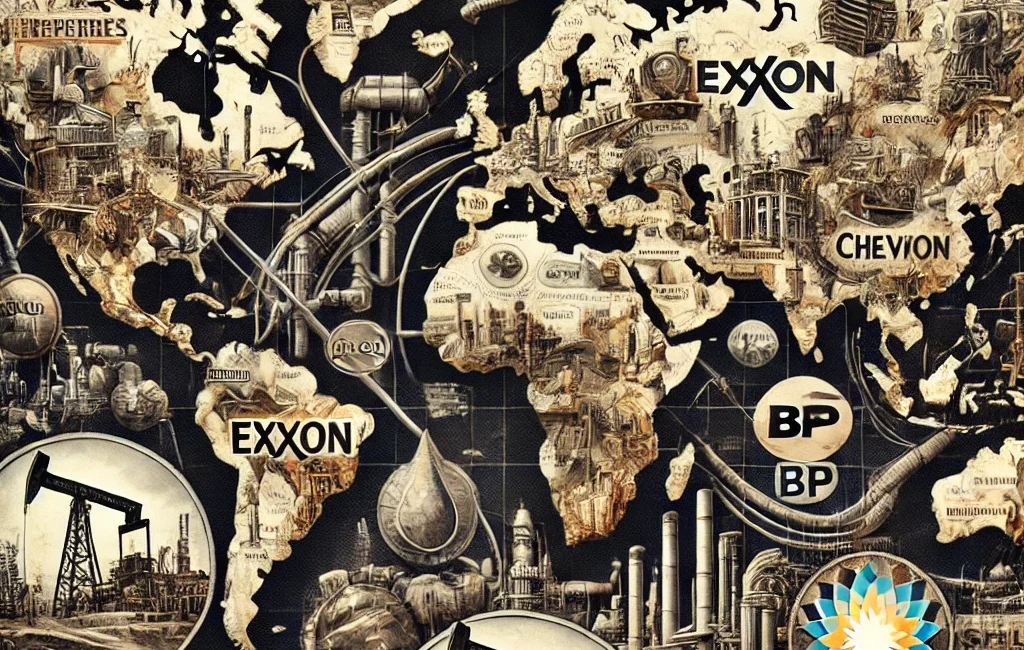The Committee of 300
The Committee of 300 is often described as a network of influential individuals and families working together to shape global policy, economics, and culture in ways that benefit elite interests. While many dismiss this as conspiracy theory, aspects of it align with documented historical and geopolitical practices involving power consolidation among elite groups.
Key Supporting Facts:
- Historical Precedents of Elite Collaboration:
- Elite organizations like the Bilderberg Group and the Trilateral Commission are publicly acknowledged gatherings where influential figures discuss global policy. While their agendas are not entirely transparent, critics argue they align with elite consolidation of power.
- Interconnected Power Structures:
- Wealthy dynasties such as the Rockefellers, Rothschilds, and Morgans have played pivotal roles in shaping global finance, influencing central banks like the Federal Reserve and the International Monetary Fund (IMF).
- Control of Institutions:
- Claims of coordinated influence are not without merit. Groups like the Council on Foreign Relations (CFR) have long included key figures in finance, media, and politics, who often rotate between leadership roles in government and private sector institutions.
- Manipulation of Global Events:
- Historical evidence of state-level manipulation, such as the creation of the Federal Reserve (1913) and covert operations like MK-Ultra or Operation Northwoods, shows that elite groups have a history of acting behind the scenes to influence outcomes.
- Documents and Leaks:
- Whistleblower accounts and leaked documents have occasionally highlighted meetings where influential individuals discuss matters that directly shape global policies.



